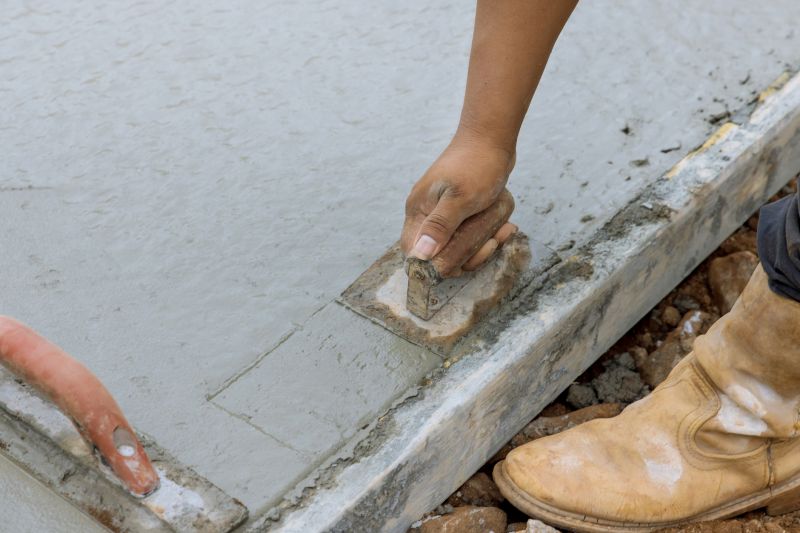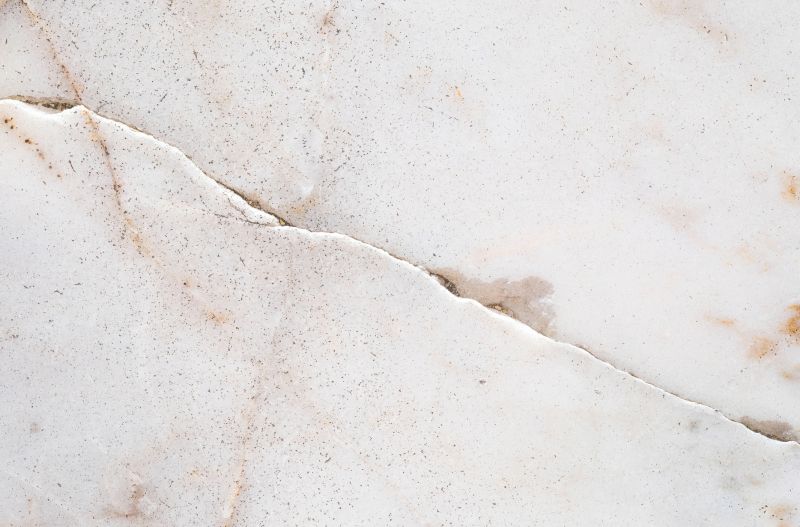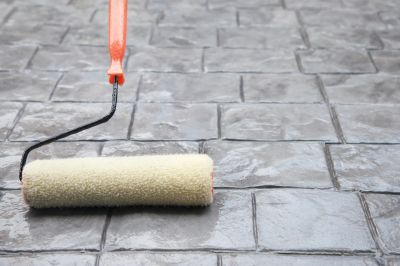Optimal Timing for Concrete Sealings
Determining the optimal time for concrete sealings depends on climate conditions, the age of the concrete, and seasonal factors. Proper timing ensures maximum adhesion and durability of the sealant, extending the lifespan of the surface.
Concrete sealings are best applied when temperatures are between 50°F and 85°F, avoiding extreme heat or cold for optimal curing.
Spring and fall are generally preferred seasons due to moderate weather conditions that facilitate proper sealing.
Sealings should be applied after the concrete has fully cured, typically 28 days post-pour, to ensure proper absorption.
Avoid sealing during rainy or humid periods, as moisture can interfere with adhesion and curing.

Applying sealant during optimal weather conditions ensures proper adhesion and longevity.

Temperature and humidity levels influence sealing effectiveness.

Properly sealed concrete resists stains and weather damage.

Ways to make Concrete Sealings work in tight or awkward layouts.

Popular materials for Concrete Sealings and why they hold up over time.

Simple add-ons that improve Concrete Sealings without blowing the budget.
| Season | Optimal Conditions |
|---|---|
| Spring | Moderate temperatures, low humidity, dry days |
| Summer | Early morning or late afternoon, avoid peak heat |
| Fall | Cooler temperatures, dry weather |
| Winter | Not recommended in freezing temperatures or high moisture |
Concrete sealings serve as a protective barrier that enhances durability, reduces maintenance costs, and improves aesthetic appeal. Proper timing and application are crucial for maximizing the benefits of sealants, which can significantly extend the lifespan of concrete surfaces.

A well-sealed surface resists stains and weather damage.

Proper timing ensures effective sealing and surface protection.

Proper tools and techniques improve sealing results.

Ideal conditions prevent sealing failures.
Interested in scheduling concrete sealings? Filling out the contact form can provide further guidance and assistance in choosing the best timing for specific surfaces and conditions.



